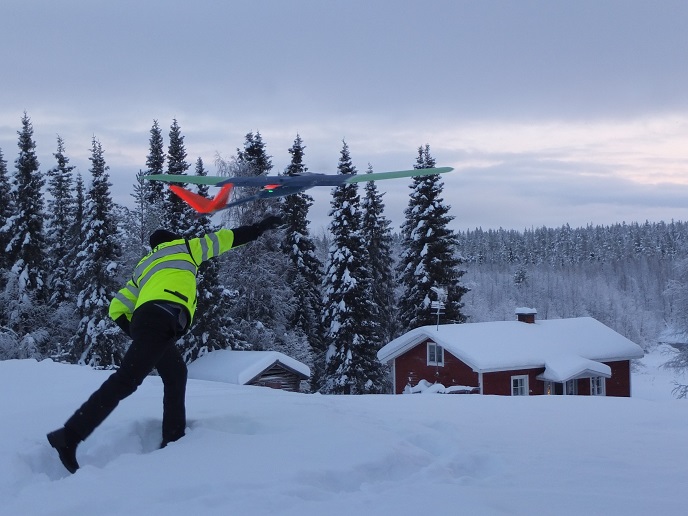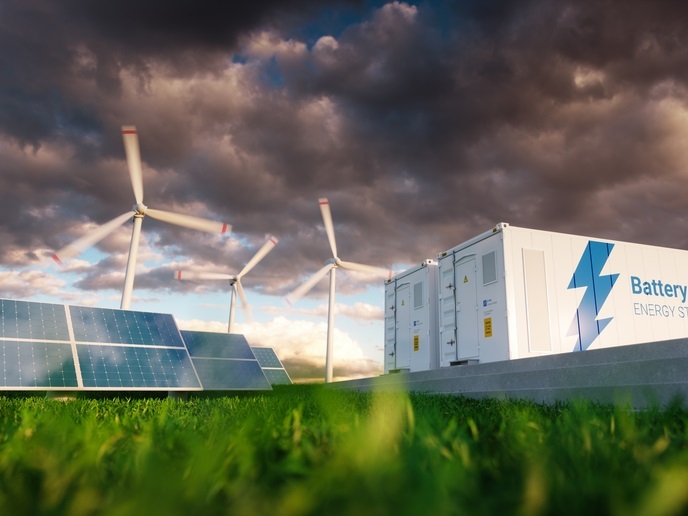New technologies make the production of manganese alloys more energy efficient
Manganese (Mn) is a common metal used in combination with other materials to make a variety of products, mainly as an addition to steel, a metal crucial for our modern life, but also batteries and ceramics. To produce Mn-alloys, oxygen in the ore must be removed. This requires a tremendous amount of energy. Mn-alloy is produced in a submerged arc furnace (SAF). Electrodes buried deep in the charge supply energy to melt and heat the ore to 1 500 °C and convert it to metal. The EU-funded PreMa(opens in new window) project introduced a suite of technologies to reduce the environmental impact of Mn-alloy production.
Impact of the ore preheating
The project’s goal was to reduce the amount of energy used to produce Mn-alloys while still using the existing furnace technology. By heating Mn ore to temperatures of between 800 and 900 °C prior to smelting and utilising off-gas to remove some of the oxygen, PreMa demonstrated up to 15 % reduction in energy consumption and up to 33 % drop in CO2 emissions. The PreMa consortium included Mn-alloy producers, researchers and academic institutions from Europe and South Africa, the world’s leader in Mn ore extraction. By developing technologies that can be readily integrated with existing production facilities, PreMa increased the chance for rapid industrialisation. According to project coordinator Eli Ringdalen, SINTEF AS: “The preheating units can be built at the existing plants without a stop in production and for a lower cost than if a greenfield plant was needed.”
New kiln and furnace design
Project partners designed a rotary kiln(opens in new window) and a shaft furnace to preheat ore to the target temperatures. These technologies were identified as having the highest potential for industrialisation. A pilot rotary kiln was built and tested at two pilot sites. Due to challenges along the way, PreMa was able to design a suitable shaft furnace but was unable to build a pilot in the scope of the project. Instead, PreMa changed its approach. Ringdalen says: “We demonstrated the behaviour of pre-treated ore through a series of kg-scale experiments in one set-up and heating and drying of Mn-ore in industrial sizes by warm gas in a shaft in another set-up and combined the results from these to evaluate pre-reduction of Mn-ore in shaft furnaces.”
Alternative energy sources to fuel the new units
A key feature of PreMa’s approach was using alternative forms of energy to power the rotary kilns and shaft furnaces. Mn-alloy production from ore that was already heated reduced the energy consumption of SAFs, and fuelling the pre-reduction units with renewable thermal solar or off-gases(opens in new window), an industrial by-product, further reduced the CO2 emissions of Mn-alloy plants. Designing units that can run on different fuel sources builds in flexibility. As Ringdalen notes: “The investigated energy sources have the advantage that they are renewable and can be produced locally at the industrial plant. Both thermal solar and CO-rich industrial off-gas can be used for pre-treatment in separate units that can be built in existing Mn-alloy plants and coupled to existing Mn-alloy furnaces for final Mn-alloy production.” Consortium partners included all the western European Mn-alloy producers as well as global leaders in Mn-alloy research. With the testing of rotary kilns, thermal solar power sources and the performance of off-gases for preheating ores, PreMa has set the stage for the rapid uptake of the energy-saving technologies it designed. Mn-alloys are an essential material of modern life, and PreMa’s solutions contribute to decarbonising the steel industry value chain.







